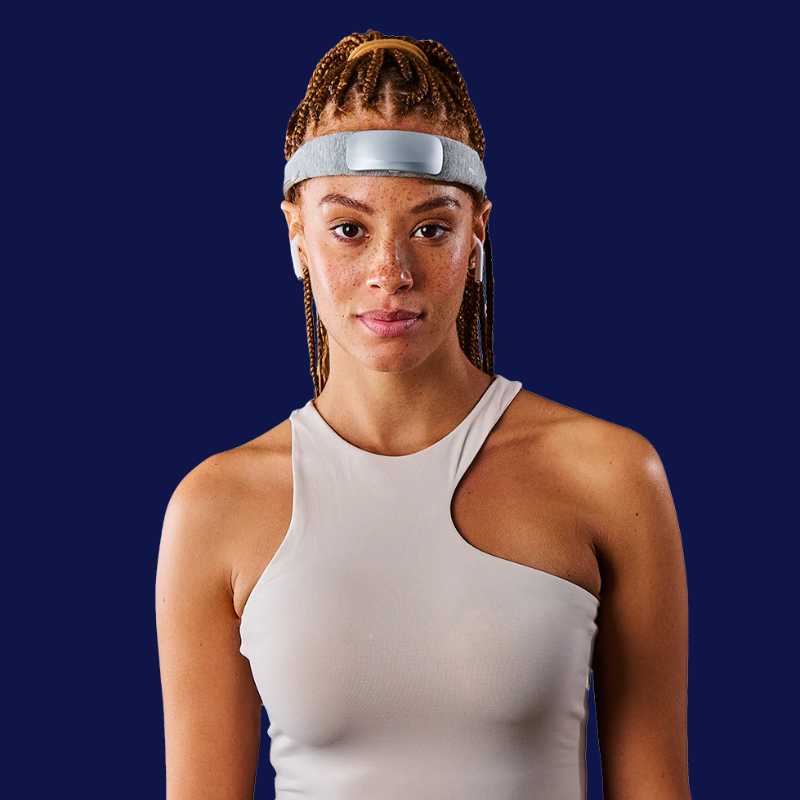Consumer safety is a priority, so assessing the tolerance of cosmetic products is a crucial step to ensure that they don’t cause any adverse reactions, especially for sensitive skin.
Dermatological testing, which is both rigorous and innovative, aims to ensure that each product meets current safety standards. This is all the more important with the increase in allergies and reactive skin, which requires adapted and carefully studied products.
The C-Cube is a state-of-the-art imager designed to facilitate the clinical evaluation of the effects of dermocosmetic products. It allows to capture ultra-precise images (with a margin of error of 0.1%) of the skin at a micro-dermatoscopic level, thus providing a detailed view of skin changes following the use of a product.
Thanks to its CIE L*a*b* measurements, it allows to image and measure the degree of effectiveness of your active ingredients on skin and scalp. The data contained in each pixel and the placement of ROIs in the image ensure control and accuracy in your studies.
Its unique format makes it the only system capable of performing full-body measurements without special lighting conditions.

C-Cube 3 – Precise, versatile and ergonomic
The role of C-Cube in assessing safety and tolerability
During clinical studies to evaluate the safety and tolerability of a product, the C-Cube measures key parameters that attest to the absence of adverse effects and the suitability of the product for sensitive skin.
Thanks to its microdermoscopic imaging capabilities, the C-Cube provides objective and reliable data, ensuring that the products are not only effective, but also perfectly tolerated, even by the most sensitive skin.
Measurement of Inflammatory Response – Erythema
The inflammatory response is a way for the body to defend itself against external aggressions. It intervenes in particular during contact with an intolerant product. To assess the impact of these products on the skin, especially on sensitive skin, it is essential to accurately measure erythema.
Observe the presence of erythema with C-Cube. It is possible to obtain an erythema index, which quantifies the intensity of redness in the image, at different stages of the clinical study. You also get the variance corresponding to the homogeneity of the erythema.
At the same time, our Clinical Research software generates a skin color map, highlighting more or less irritated areas.
These measures are crucial for assessing the safety of cosmetic products. They make it possible to check if a product causes irritation in volunteers, thus ensuring that it is tolerated even by sensitive skin. This precision offered by the C-Cube ensures that laboratories can scientifically validate that their products are non-irritating to the skin.

Artificial Renderings – Erythema color map
Texture Analysis – Roughness Parameters
Reactive or irritated skin can develop a rougher surface, with a loss of smoothness and softness, often linked to an inflammatory response or dehydration.
The C-Cube can analyze this roughness through precise 3D measurements, in accordance with the ISO 25178 standard. Unlike simple grayscale relief maps, the C-Cube captures true three-dimensional data, providing a true picture of skin texture. Roughness parameters such as Sa, Sq, and Sdr allow for accurate quantification of skin irregularities, revealing any alteration after a product has been applied.
These measurements can detect whether a product causes an undesirable skin response, such as increased roughness, or if, on the contrary, it helps to maintain a smooth texture, thus indicating good tolerance.

Scaling
Desquamation is an interesting parameter for assessing the tolerance of a cosmetic product, especially on sensitive skin, which is prone to abnormal or accelerated cell renewal. The C-Cube can measure desquamation both in-vivo and ex-vivo.
In-vivo, the C-Cube analyzes the L* component of the Lab* color model, which measures the luminosity of the skin. An increase in white in the images indicates an accumulation of dead cells, reflecting excessive flaking. This data is transformed into a desquamation index, allowing the skin response to be assessed after the application of a product.
Ex-vivo, skin patches (Corneofix® or D-squame®) are used to capture the scales, which the C-Cube then analyzes to generate a desquamation index. Scales are classified into 5 categories according to their thickness.
These methods make it possible to detect the presence of adverse effects such as an abnormal increase in dead skin, a sign of intolerance to the product.
Conclusion
The Clinical Research C-Cube is a relevant tool for evaluating the tolerance and safety of cosmetic products, especially for sensitive skin. Thanks to its microdermoscopic analysis capabilities, it offers unparalleled precision in the study of parameters such as erythema, roughness, or desquamation. These objective measurements allow to detect any adverse reactions, ensuring that the products tested respect the most fragile skin. By combining technological innovation with scientific rigor, the C-Cube provides laboratories with accurate and reliable validation of the safety of their products.
CONTACT
Sébastien MANGERUCA
CEO
https://www.pixience.com/en/c-cube-cr/







